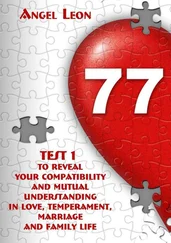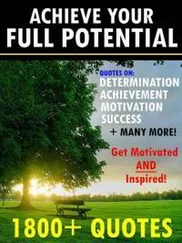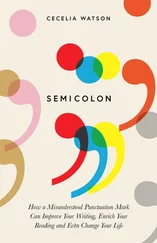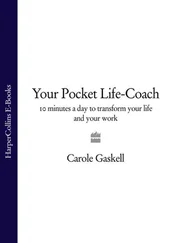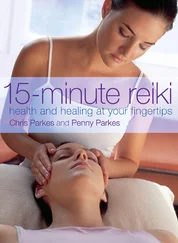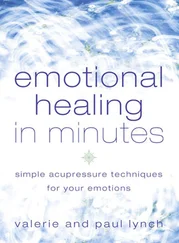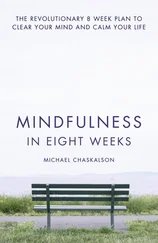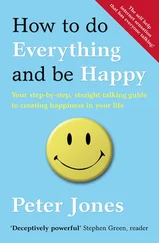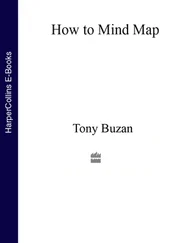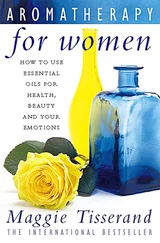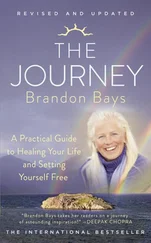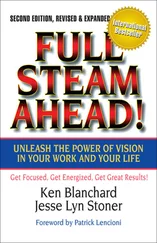Cravings for Support, Sympathy and Understanding
The power of emotional support
Struggling to Assimilate
Empathy in our early life
Worry and Over-Thinking
Assessing the Earth type’s sympathy
Big Issues and unanswered questions for the Earth type
How would you know your friend is an Earth type?
Responses to the Big Issues
Mothering and Caring
Not Asking but Expecting
Expressing Needs a Lot
Searching for a Centre
Homemaking
Virtues and vices of an Earth type
A famous Earth type – Diana, Princess of Wales
Golden rules for Earth types
Chapter 7. EXERCISES FOR EARTH TYPES
Introduction
Using the exercises
The exercises for Earth types
Exercise 1 – Points of view – objective, other and self
Exercise 1a – The objective point of view
Exercise 1b – Experiencing another person’s point of view
Exercise 1c – My own point of view
Exercise 2 – Creating a balanced point of view
Exercise 3 – The people I care for
Exercise 4 – Dissolving your worries
Qigong exercises for earth types
Qigong exercise for reaching heaven and earth
Qigong exercise for grounding ourselves
Chapter 8. THE METAL TYPE – RESPECTING OURSELVES
Joan is a Metal type
The Metal Element in nature
The background to Metal in Chinese medicine
Introduction
The Lung
The Lung and Defensive Qi
The Mental-Spiritual Aspect of the Lungs
The Large Intestine
These symptoms may arise when the Lungs and Large Intestine are weak or obstructed
Observable Signs of a Metal Type
Posture, Gestures and Facial Expression
The Emotional Capacity of the Metal Element
Qi and Heaven
Receiving Richness and Quality
Receiving Acknowledgement and Recognition
Emotions we experience when the ability is impaired
Bereft, Grief-Stricken, Incomplete or Inadequate
Bereavement and our immune system
Not Recognized or Misunderstood
Loss and diabetes
Recognizing the Emotion of a Metal Type in Everyday Life
Big Issues and unanswered questions for the Metal type
How would you know that your friend is a Metal type?
Responses to the Big Issues
Distancing and Protecting
Doing Well and Doing More
Resignation and Cynicism
Seeking Quality
Relating to the Father
Virtues and vices of a Metal type
A famous Metal type – Richard Feynman
Golden rules for Metal types
Chapter 9. EXERCISES FOR METAL TYPES
Introduction
Using the exercises
The exercises for Metal types
Exercise 1 – Giving gifts
Exercise 2 – Receiving gifts
Exercise 3 – Educating others
Exercise 4 – Checking out my standards
Exercise 5 – Dealing with loss
Qigong exercise for moving energy through the chest
Qigong exercise for breathing fully
Chapter 10. THE WATER TYPE – REASSURING OURSELVES
Frank is a Water type
The Water Element in nature
The background to Water in Chinese medicine
Introduction
The Kidneys
The Mental-Spiritual aspect of Water
The Bladder
These symptoms may arise when the Kidneys and Bladder are weak or obstructed
Observable Signs of a Water Type
Posture, Gestures and Facial Expression
The emotional capacity of the Water Element
Assessing Risks
Protecting Ourselves Appropriately
Emotions we experience when the ability is impaired
Anxiety and Panic
Reassurance and recovery
Paralysis
Fear, Apprehension and Dread
Fear and our health
Phobias
Recognizing the Emotion of a Water Type in Everyday Life
Big Issues and unanswered questions for the Water type
How would you know that your friend is a Water type?
Responses to the Big Issues
Taking Risks
Anticipating Risks
Questioning
Fearing the Worst
Reassuring Others
Virtues and vices of a Water type
A famous Water type – President John F Kennedy
Golden rules for Water types
Chapter 11. EXERCISES FOR WATER TYPES
Introduction
Using the exercises
The exercises for Water types
Exercise 1 – Dissociating from our fears
Exercise 2 – Transforming our fear
Exercise 3 – Reclaiming our lost sensations of fear
Exercise 4 – Reassuring ourselves
Exercise 5 – Dealing with one-off fears and phobias
Qigong Dragon swimming exercise
Qigong exercise – the hula hoop
Chapter 12. THE FIVE TYPES – WHICH TYPE AM I?
Introduction
Using the questionnaire
If all else fails
Questionnaire
Appendix – Five Element type and acupuncture
Notes
Bibliography
Useful addresses
About the Authors
About the Publisher
We have capitalized all Chinese medical terminology in this book in order to differentiate it from standard English terms.
Our thanks to all of the people who have helped us with this book, especially:
Mark Allan; Marguerite Beckerlegge; Gill Black; Janice Booth; Heather Bovey; Mark Bovey; Sally Blades; Judith Clark; Tony Connor; Di Cook; Ian Dixon; Di Eckersley; Jane Ford; Julia Funk; Rosemarie Gallagher; Gaby Hock; Sue Horne; Lizzie Hubbard; David James; Mary Kaspar; Chris Kear; Lawerence Kershen; Stella King; Magda Koc; Madelaine Molder; Carey Morgan; Keith Murray; Ilana Pearlman; Barbara Pickett; Fiona Reynoldson; Jane Robinson; Jo Rochford; Sandy Sandaver; Marcus Senior; Kath Simmonds; Deborah Thomson; Carmel Twomey; Penny Wilson; Julie Wisbey.
We would also like to thank all of the people who have come to our ‘Oral Tradition’ workshops which we set up to deepen understanding of the Five Element types.
All names have been changed for confidentiality.
Secondly, we would also like to thank the people who have taken the time to read through this book and comment on it. Especially Judith Clark, Jane Grossfeld, Sophie Hayes, Gaby Hock, Helen Knotts and Peter Mole.
Thirdly, we would like to thank everyone who contributed to our learning of NLP, especially Eileen Seymour-Watkins, Graham Dawes, Gene Early and Robert Dilts. We would also like to thank Richard Bandler, one of the co-creators of NLP.
Finally, we wish to thank all the people who have enabled us to learn this style of Chinese Medicine. Most of all we wish to thank JR Worsley who originally taught us acupuncture and demonstrated the skills of Five Element diagnosis with such elegance. We would also like to thank all of our friends and colleagues who we worked with at the Oxford Acupuncture Clinic in Farmoor including Judy Becker-Worsley Meriel Derby, Julia Measures, Peter Mole and Allegra Wint. We learned so much with you over those years. We would also like to thank all those who make the college function so well, including Helen, Wanda, Sean and Julian. Also everyone on the faculty of the College of Integrated Chinese Medicine who by their teaching give support for the development of the acupuncture and herbal medicine professions.
INTRODUCTION
WHY WE WROTE THIS BOOK AND WHAT TO EXPECT FROM IT
Alex, a friend of ours, went to a Chinese doctor for some herbs — she had a number of ailments — digestive problems, headaches and insomnia. The doctor asked her questions about her health then took some minutes to carefully feel the 12 pulses on her wrist — an important part of Chinese Traditional diagnosis.
Finally the doctor sat back, his diagnosis completed. He looked her straight in the eye and told her, ‘Your problem is that you worry too much. You must stop worrying.’ Alex was — unusually — stunned to silence by the doctor’s directness. She merely nodded and said, ‘Yes I’ll stop worrying’. Later that day as we talked on the phone we all laughed as she started to worry about how to stop worrying!
Читать дальше

